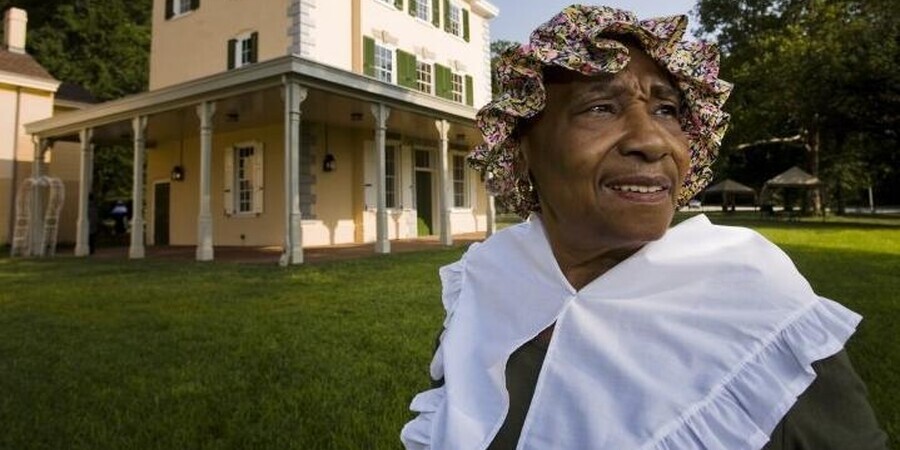Philadelphia, PA - Philadelphia, the birthplace of American democracy, holds a complex and compelling history, interwoven with the struggles and triumphs of African Americans. These historic homes offer a poignant glimpse into the lives of those who fought for freedom, broke barriers, and shaped the nation's narrative.
Johnson House Historic Site: A Beacon of Hope on the Underground Railroad
Step inside the Johnson House, a haven for freedom seekers on the Underground Railroad. Owned by generations of Quaker abolitionists, this unassuming home sheltered countless runaway slaves, including renowned figures like Harriet Tubman and William Still. Explore rooms filled with poignant artifacts, from shackles and collars to documents and photographs, and immerse yourself in the stories of courage and resilience that echo within these walls.
Marian Anderson House: Celebrating a Trailblazing Voice
Across from the Union Baptist Church, where a young Marian Anderson first captivated audiences with her powerful voice, stands her modest home, transformed into a museum honoring her legacy. Explore the life and career of this extraordinary opera singer, whose groundbreaking performances at Carnegie Hall, the White House, and the Lincoln Memorial challenged racial barriers and paved the way for future generations of artists.
The President's House: Confronting Freedom and Slavery
At the site of the nation's first executive mansion, The President's House: Freedom and Slavery in the Making of a New Nation, confronts the paradox of slavery and freedom in the early republic. Through timelines, archaeological remnants, and video vignettes, this open-air installation explores the lives of the nine enslaved people who served President George Washington, offering a powerful and nuanced perspective on this complex chapter in American history.
Underground Railroad Museum at Belmont Mansion: A Judge's Stand Against Injustice
Belmont Mansion, once home to abolitionist Judge Richard Peters, stands as a testament to the fight against slavery. Judge Peters defied the Fugitive Slave Act, issuing a landmark court decision that granted freedom to 134 enslaved Africans in Pennsylvania. Explore this Underground Railroad site through docent-led tours, historical artifacts, and compelling narratives that bring the past to life.
Preserving Stories, Inspiring Change:
These historic homes offer more than just a glimpse into the past; they serve as powerful reminders of the struggles and triumphs of African Americans throughout history. By preserving these sites and sharing their stories, we honor the legacy of those who fought for freedom and equality, inspiring future generations to continue the pursuit of justice.
Share This Article on Social Media


